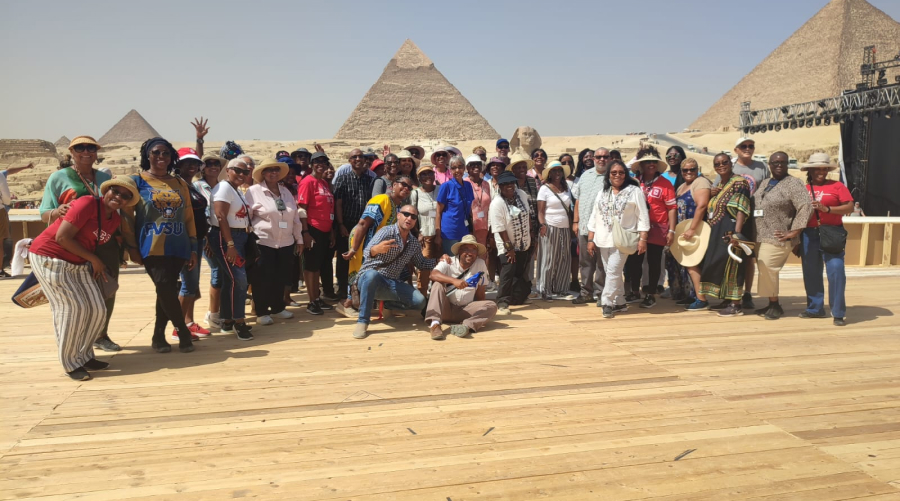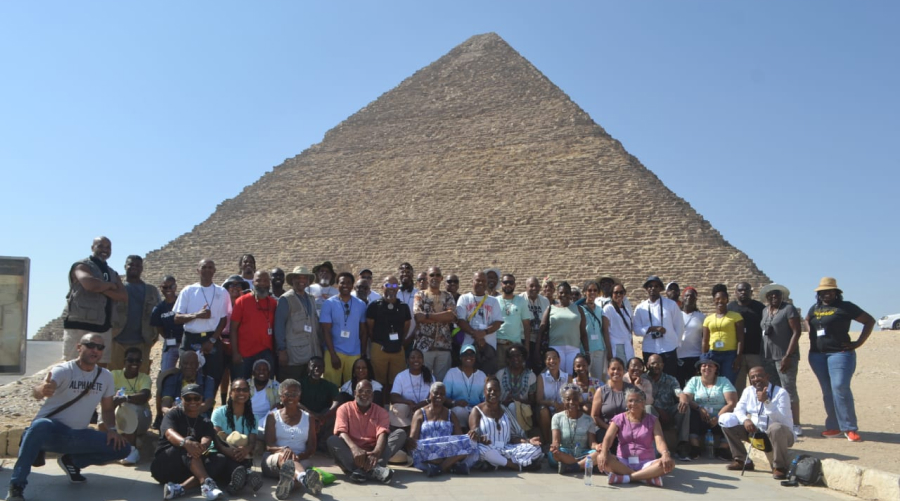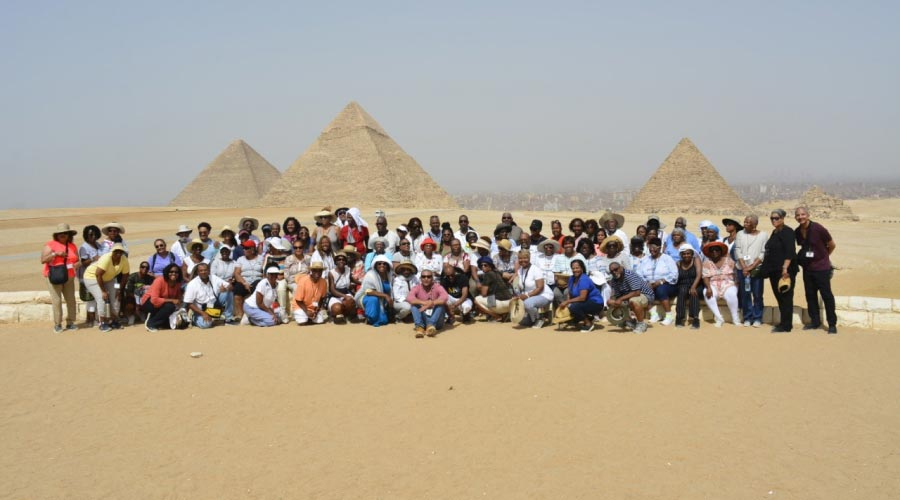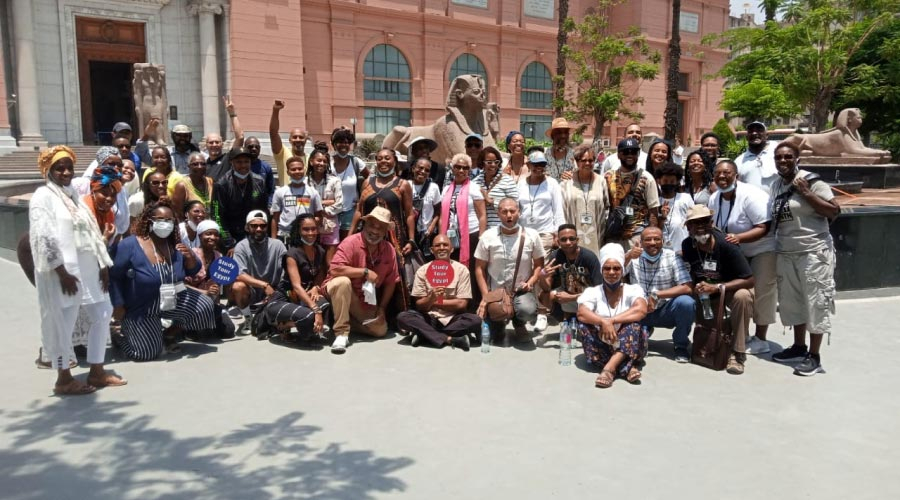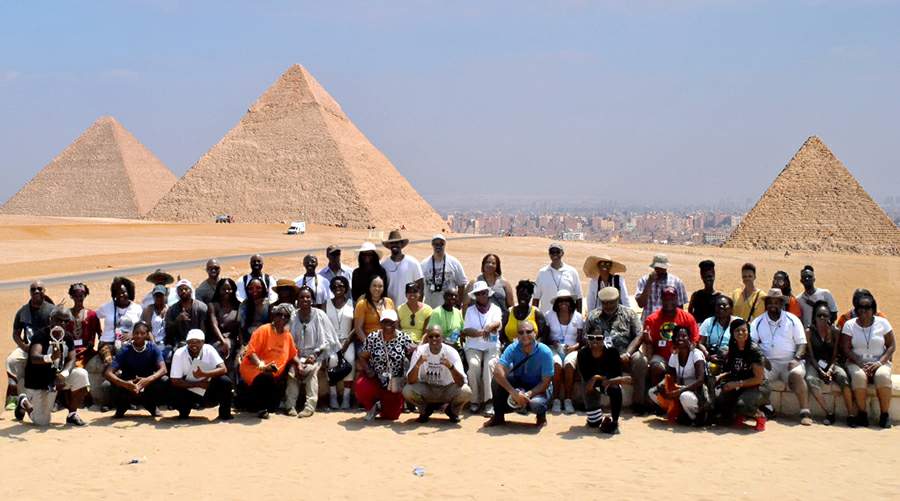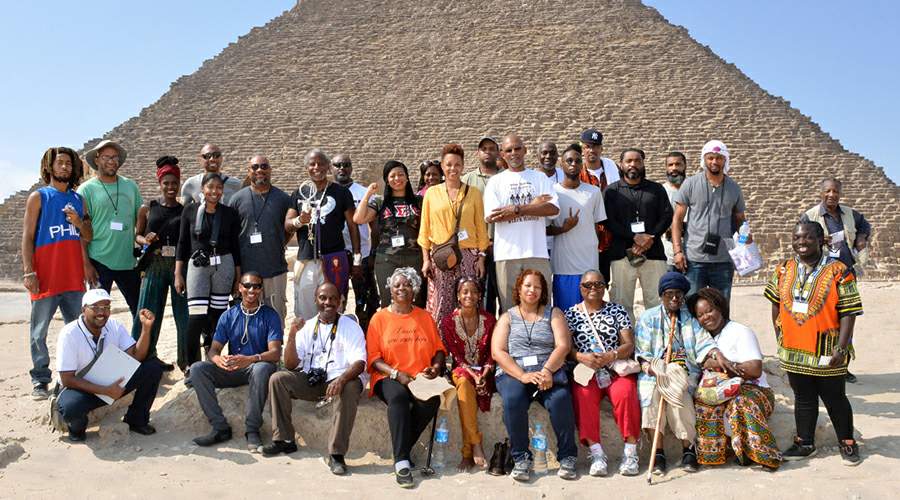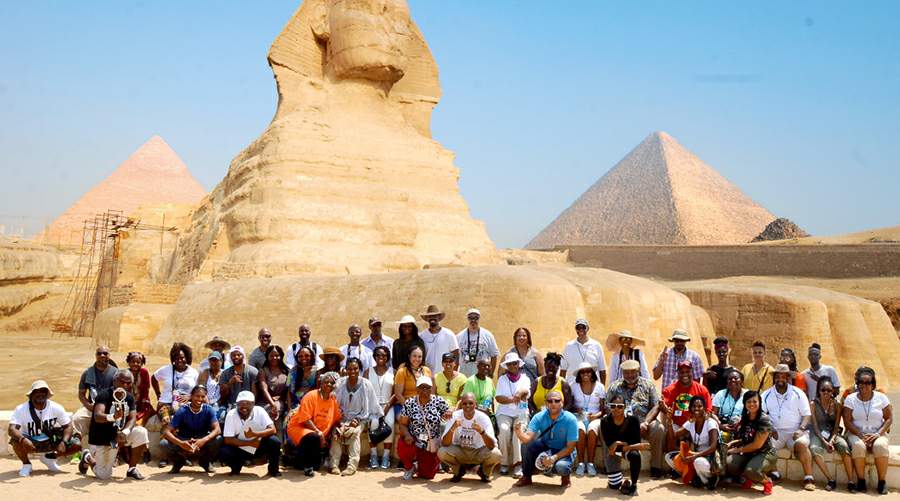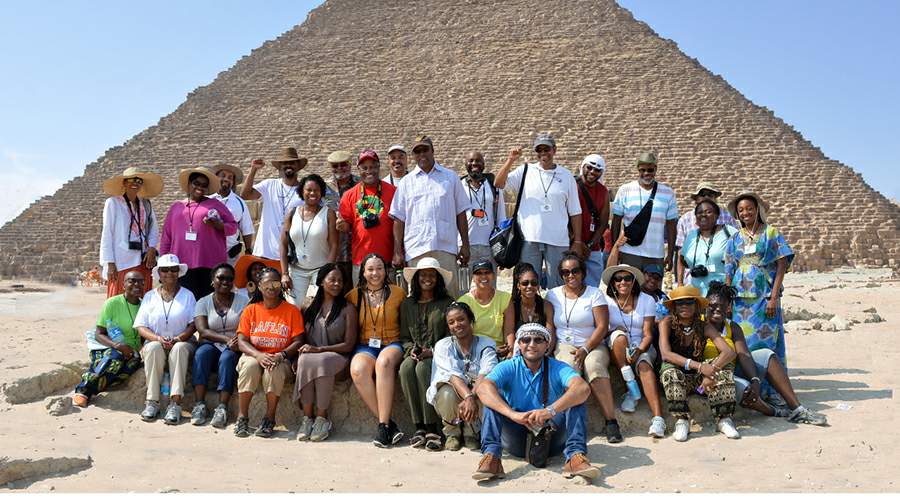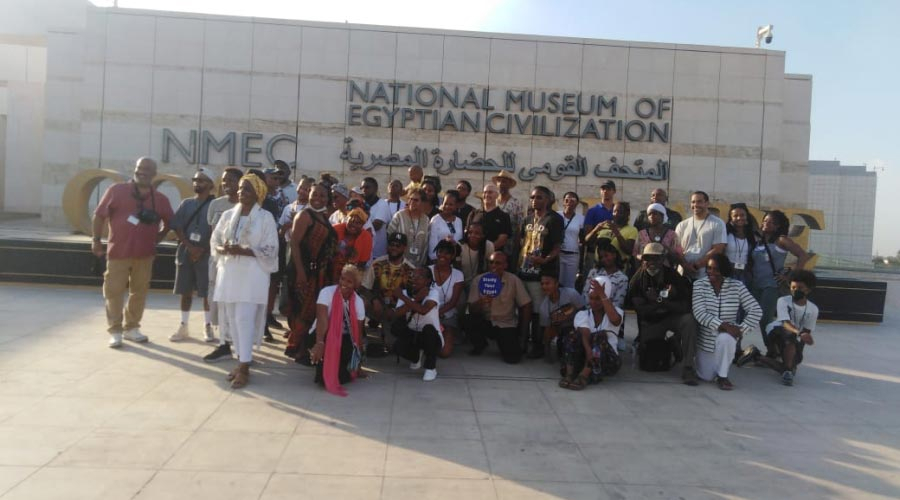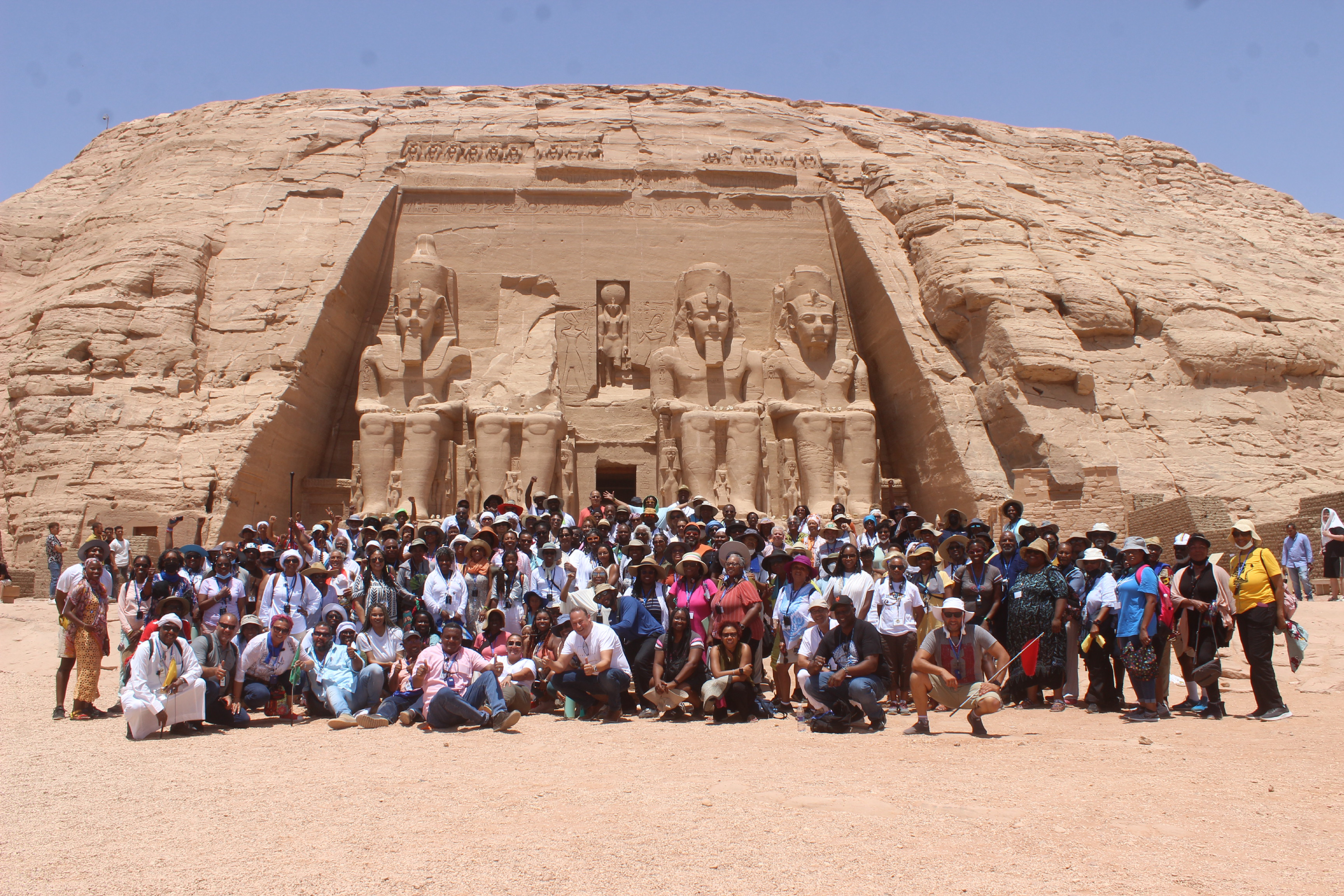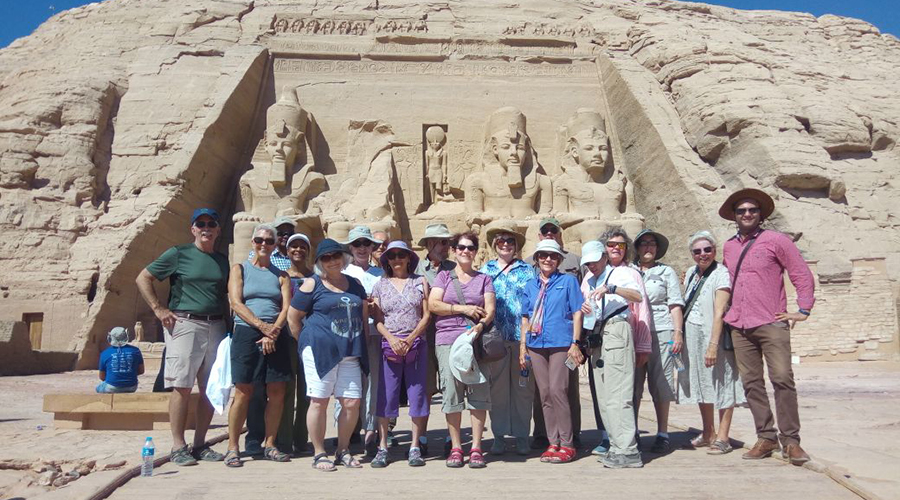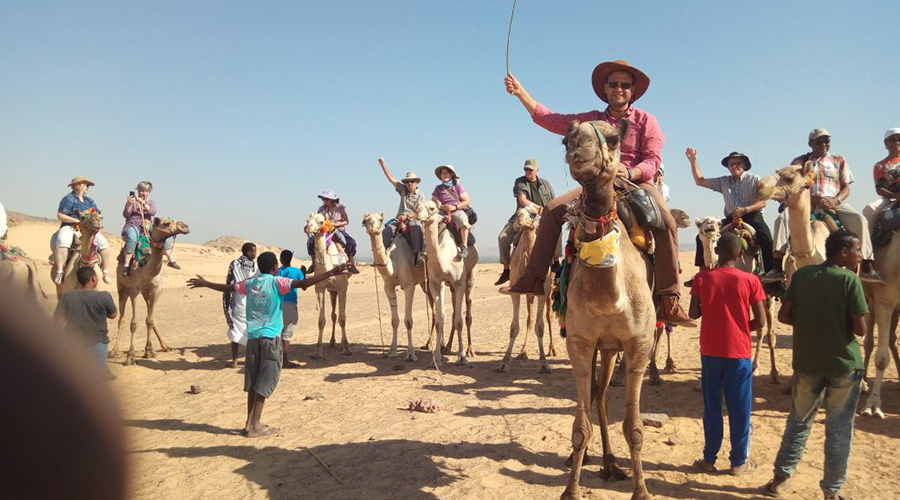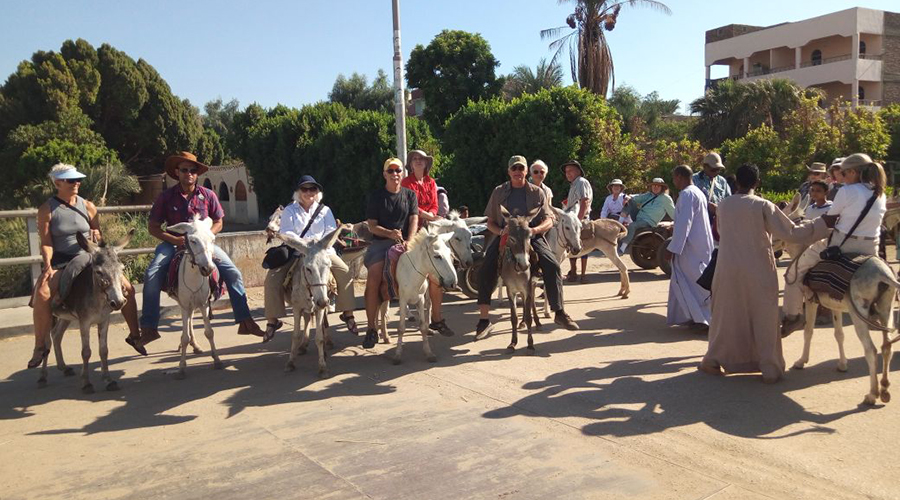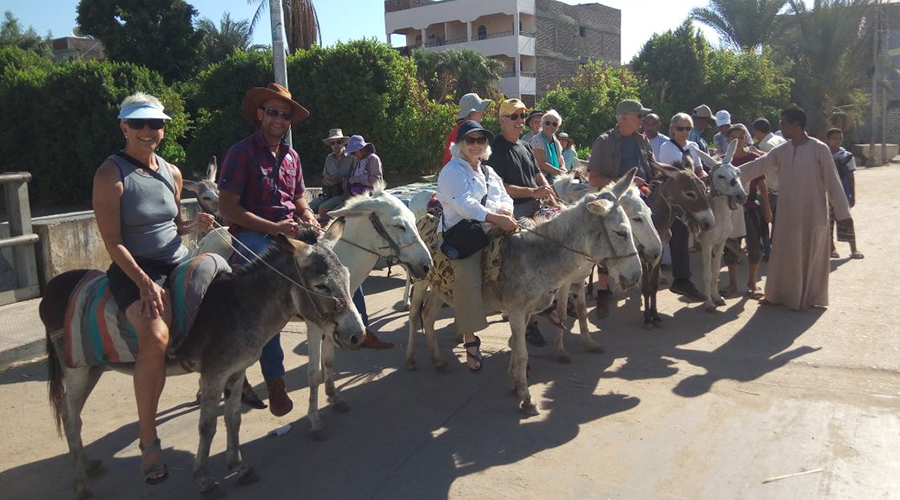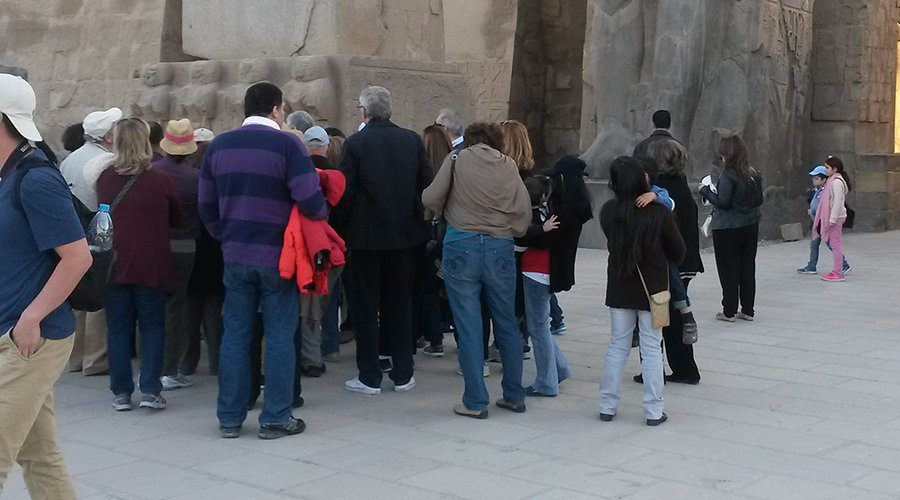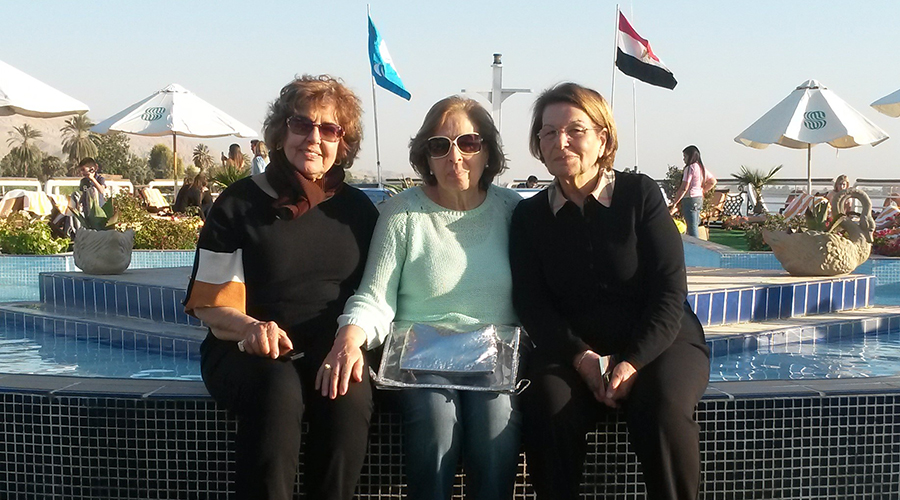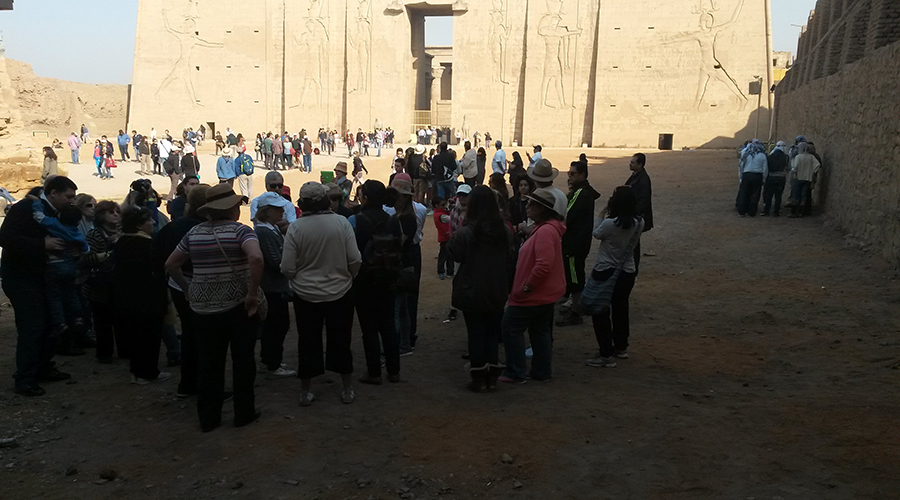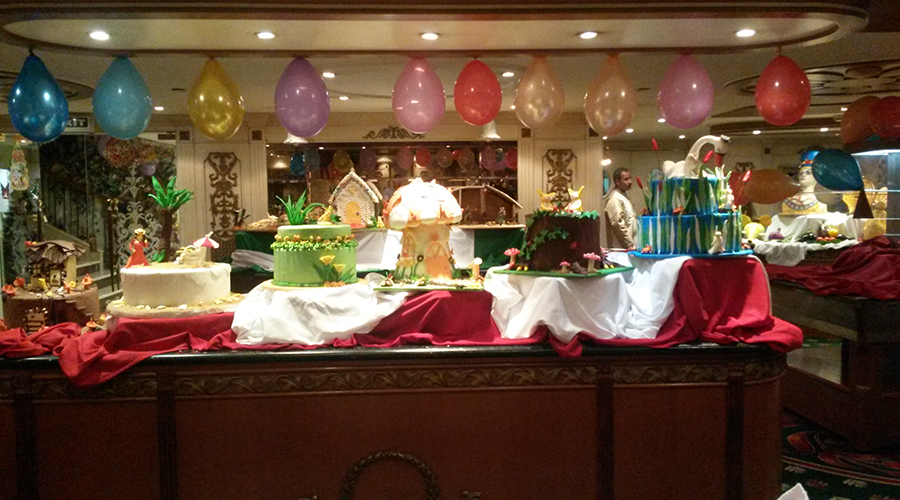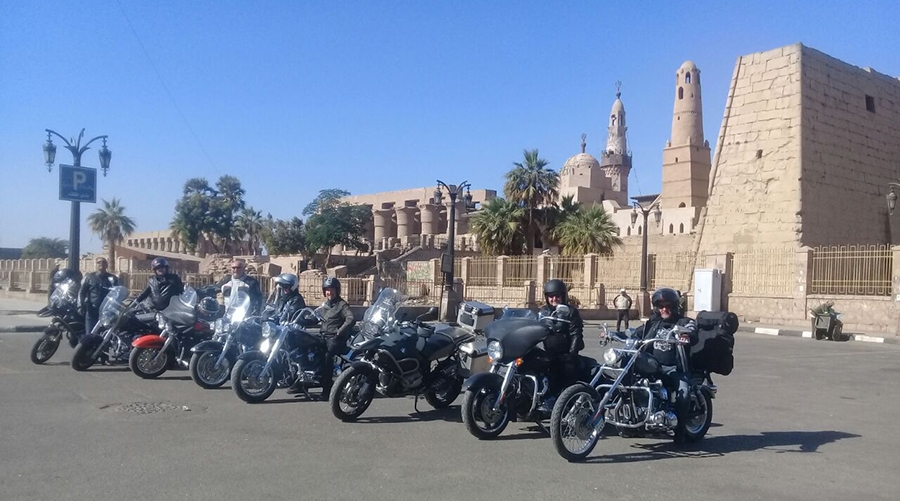LUXOR
Located where ancient Thebes once stood, also known as the “City of a Thousand Gates”. Luxor, which in Arabic means “The Palaces”, reflects its rich array of magnificent temples and tombs.
THE EAST BANK:
In an unforgettable excursion, visitors drive to the Luxor Temple, built by two kings, Amenophis III and Ramses II. After touring the temple, visitors travel along an avenue of ram-headed sphinxes, extending for about 2 miles, which link the Luxor Temple with the Karnak Temple, the main center of worship in ancient Egypt. No site in the world makes a more overwhelming and lasting impression than this “Temple of all Temples”.
THE WEST BANK:
For a tour of the West bank, visitors cross the Nile from Luxor by bus over a bridge. There, they visit the Valley of the Kings, which includes the tombs of the Theban rulers, Seti I, Ramses IV and Tutankhamun. Next, they tour the mortuary temple of Hatshepsut, the only female pharaoh to reign over ancient Egypt. Her temple, with impressive architecture, is traditionally associated with the goddess of love and joy, Hathor. It was formerly surrounded by tropical gardens with plants imported from Somaliland. Finally, visitors tour the famous Colossi of Memnon, which once guarded the entrance to te mortuary temple of Amenophis III. The temple was destroyed by an earthquake but the colossi still remain.
DENDERA:
Hathor, the ancient Egyptians goddess of love and joy was what Aphrodite was to the Greeks and Venus to the Romans. It was at Dendera, some 30 miles north of Luxor, that the Egyptians worshipped Hathor in a temple which is exceptionally well preserved.
ABYDOS:
Abydos occupies an important place in the religious history of Pharoanic Egypt. By the end of the Old Kingdom, its local god, Osiris, was the most famous and popular of the Egyptian gods, since he was considered the god of the afterlife, according to popular tradition. Osiris’s head was buried in Abydos.


.jpg)
.jpg)
.jpg)
